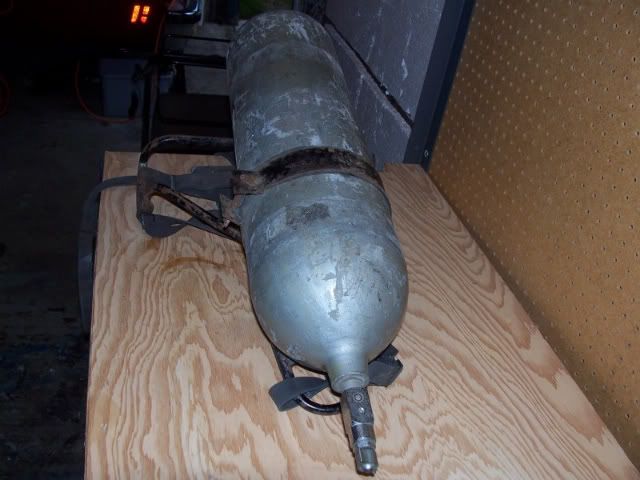imwright1985
Contributor
So, does DOT say you must have one, two, or three tail lights? Because I'm pretty sure that the rule is that a car must at least be equipped with what was originally on the car when it was manufactured. I had a 1942 slat grill Willy's jeep that only had a left tail light and no seat belt. Perfectly legal. Same for my 1964 Kaiser M151 MUTT. I believe Model Ts had the same thing. Now cars are made with three tail lights, but you cannot go to two, or even one tail light without being cited. I don't think anyone is cited under USC for a tail light infraction. I'm 99% sure it is under CVC. So much for DOT regulation. LOL!
"Pressurized time" has nothing to do with it. The rest of your list is good though. The main element outside of environmental factors is cycling, and the degrees to which the steel has been stretched in that cycling. Time itself is not a factor. You could fill it once for one hour in a five year period, and the result would be the same as if you had filled it once and left it filled for the entire five years.
That depends on year for vehicle to fall under certain dot regulations, same with EPA, I guess you have had better luck then me because i had a 1976 corvette with true dual exhaust and no cat (florida we dont have emissions inspections) and reproduction taillights(not dot approvedto save i think it was around 100 bucks). I got pulled over for noise ordinance which was kinda expected and the cop was a total jerk(knew how to cite me for everything really good) and cited me for all of it. anyways long story short had to fight to get the car back, pay around 900 in fines and had to change exhaust and tail lights within 10 days of getting car back.
Also pressurized time has a slight effect on it because the material is under load for what ever time its filled allowing the Grain deformations more time to occur. Also that every temp change the load for the material increases/decreases with some exponential function near what the "max working load" is for that tank which higher the pressure the more critical it is. Take a basic Metallurgy class and you will learn all about the effects of loading alloys with stresses.




